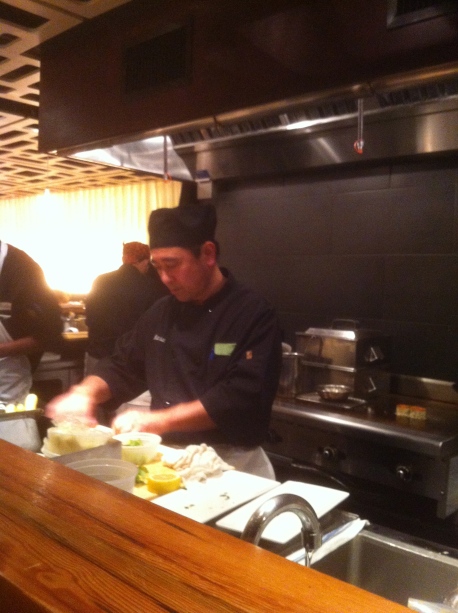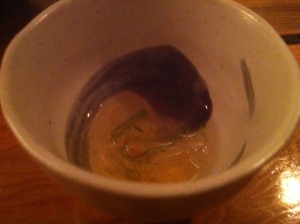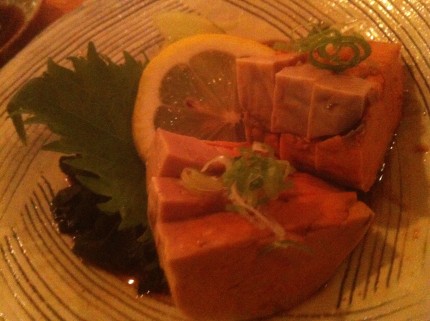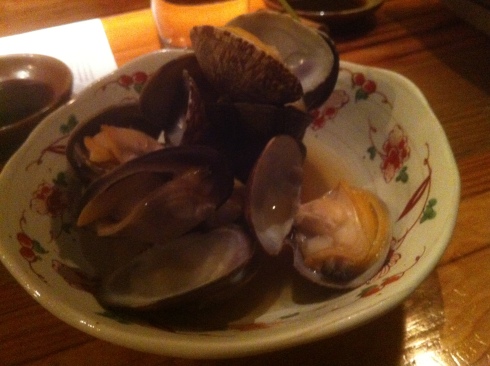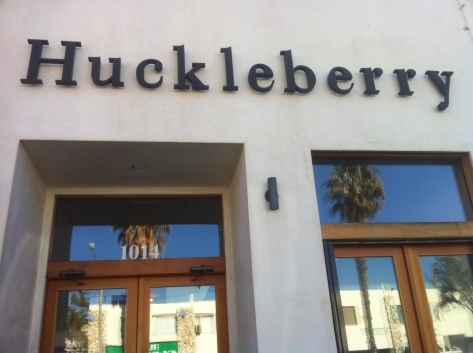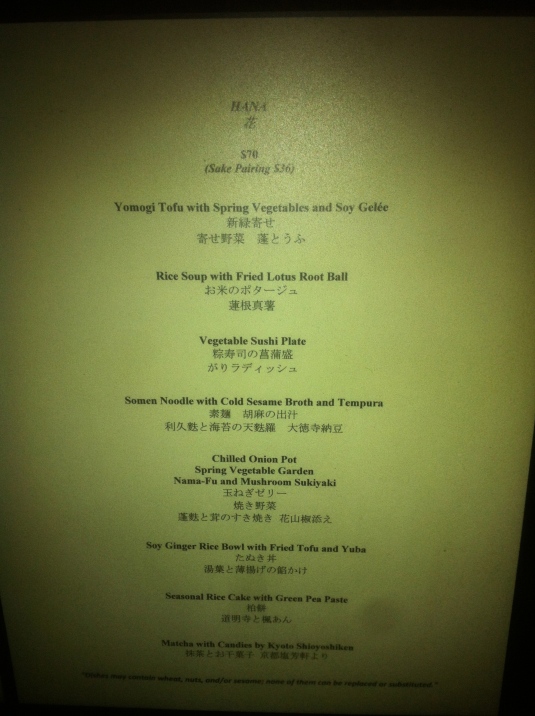Ever since Danny Shapiro made me a perfect—and by that I mean the best ever—St George Terroir gin martini at Scofflaw in Chicago, I’ve been hooked. Not to say I don’t appreciate other gins, of course, but that drink made such an indelible mark on my well-soaked brain that I’ve been having a torrid affair with Terroir ever since.
It was a thrill, then, when I learned that not only was Nostrano having a St George Spirits dinner, but that bartender Grant Hurless’s former colleague and mentor Charles Joly would join in behind the bar.

I’d just met Joly recently after he switched from the Drawing Room to his new digs, a little place called The Aviary.
At the four course Nostrano pairing dinner, two of Joly’s cocktails were bookended by Hurless’s. St George Spirits in attendance: Terroir, Dry Rye, Botanivore, Absinthe Verte, and their Breaking & Entering whisky.
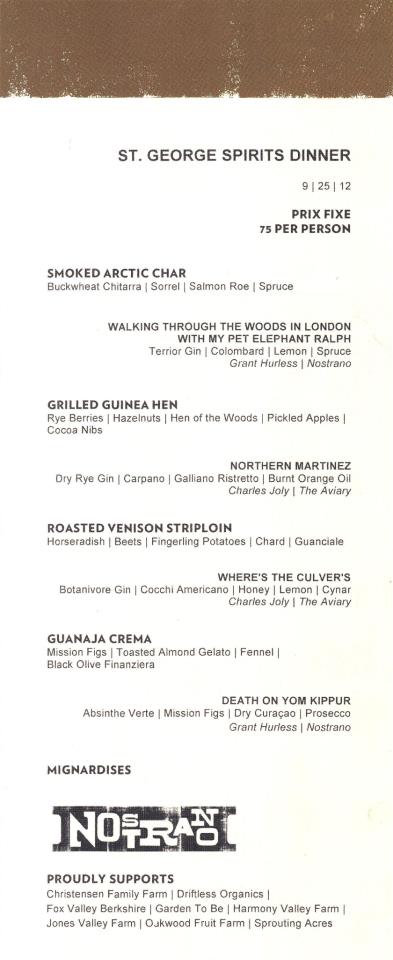
First up was a beautifully spruce scented libation called Walking Through the Woods in London with My Pet Elephant Ralph .

I immediately appreciated that the acidity and minerality mimicked what you’d want out of a wine paired with this course. It was an excellent ‘greet you’ drink as we tucked into the beginning of the dinner. Hurless was off to a very solid start.
The char was stupendous, with expertly crisped skin on top providing crunch and umami. Noodles underneath were thin and firm, also providing texture. The pairing was pure Pacific Northwest.

Course two continued on to guinea hen, again expertly prepared. Slightly charred skin, a bed of rye berries for texture. Cocoa nibs and hazelnuts. Hen of the Woods mushrooms and tart, crisp, apples.

The change to feathered gamey fall fare was paired with Joly’s take on a Martinez, the cocktail from which Martini gets its name. It’s actually the primordial (19th century) link between the Manhattan and Martini, as it’s a Manhattan that substitutes gin for whiskey. I suddenly wished I was sporting clothes with leather patches on the elbows or knees.

From where I was sitting at the bar, I enjoyed Joly’s deft drink presentations with full descriptions of the ingredients.
As waiters know, dish (and cocktail) narrative is itself an art. It is an integral part of the dining experience, and important part of the theater. It is often also an important educational moment– this is where the house can elevate and inform its clientele, pique curiosity, guarantee return visits. Good dining is an intellectual enterprise, and should tingle the brain as much as the palate. Joly is expert at wordsmithing his delivery—not chatty, just precise.
The third course deepened flavors still more with roasted venison loin fanned-out over fingerling potatoes and topped with bright fuchsia beets. The venison was tender, juicy, and not too rich.

The cocktail to accompany was just a touch herbaceous—and superb. Menacingly so. I’m afraid I won’t have a drink quite as good for some time.

The ingredient Cocchi Americano (pronounced co-key), is an aperitif wine made from moscato d’asti (fortified wine) with a little brandy, orange, and cinchona bark (the original source of quinine) thrown in. Cocchi is famous amongst cocktailians because it is the closest recipe to old formula Lillet. Lillet botched things in 1986, lowering alcohol content and reducing bitterness. Thus, the excitement when Cocchi became available in 2010 as a way to bring bitter back into drinks like the Corpse Reviver.
Chef Tim Dahl came out smiling from the kitchen to serve the next—and off menu— course. He’d devised a gelee version of a Boulevardier. A Boulevardier is commonly known as a Negroni that substitutes whiskey for Campari. However, to be exact, the Boulevardier predates the Negroni— so don’t go answering ‘whiskey Negroni’ during any trivia matches.

Unfortunately, I missed getting a picture of the cocktail Hurless paired with dessert, another of Elizabeth Dahl’s great creations. Absurdly delicious dark chocolate provided dramatic backdrop for a flavor stage filled with figs, black olive, fennel, and toasted almond.

Following dinner, I asked Joly for a ‘bartender’s choice’ and he made a cocktail with the one remaining St George spirit I hadn’t had yet that night, the Breaking & Entering whisky. Egg white, whisky, gin, maybe some absinthe. It was a play on an Elk’s Own cocktail. I love a good egg white drink, and this frothy treat was a tasty way to end an evening of exquisite cocktails and beautifully executed food pairings.









